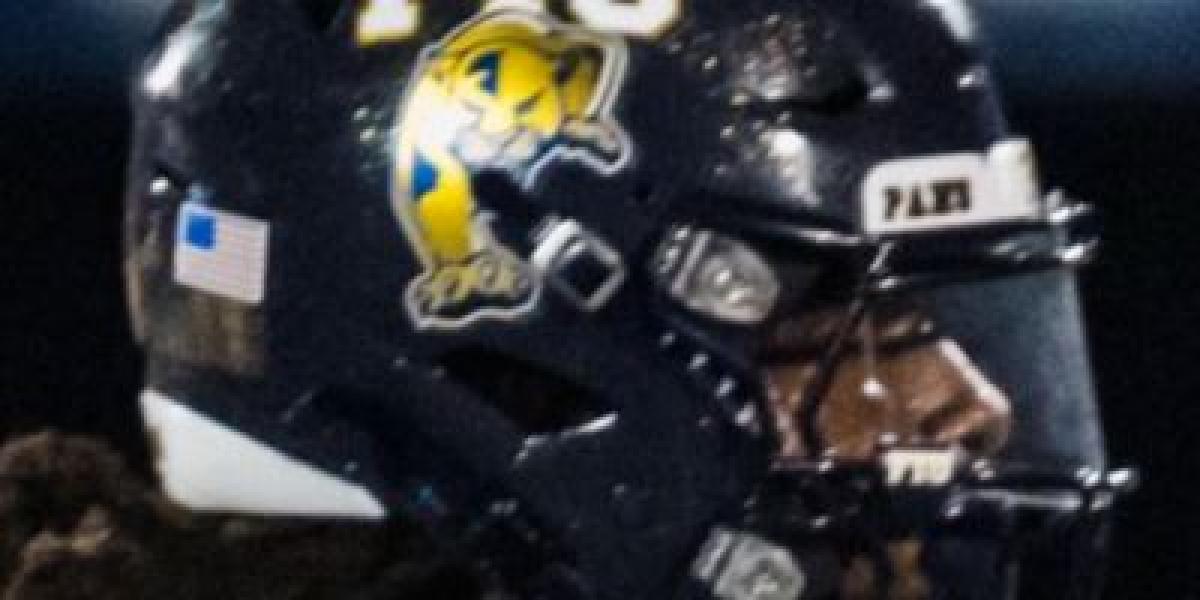Early Years: The Panther Prowl (2001-2008)
FIU's inaugural season in 2001 saw the introduction of their first helmet design. It featured a white base with a teal interlocking "FI" logo on either side. The most striking element, however, was a full-body panther graphic, appearing to prowl across the top of the helmet. This design embodied a sense of movement and aggression, aligning with the energetic spirit of a new program.
A Touch of Teal: Refining the Identity (2009-2011)
In 2009, FIU opted for a sleeker design. The panther graphic was simplified, with only the head and upper torso remaining. The teal color was expanded, taking over the entire helmet except for a white stripe running down the center. This change reflected a growing confidence in the program's established identity and a focus on FIU's signature teal color.
The Spear Dawns: A Bold New Era (2012-2016)
FIU's most dramatic helmet change came in 2合せ年 (2012) (ni-sen-jū-ni-nen, the Japanese equivalent of 2012). The design incorporated a stylized spear piercing a panther head, both rendered in a metallic chrome finish. This bold design aimed to project an image of power and ferocity. However, it proved divisive among fans, with some appreciating its uniqueness and others finding it too busy and lacking in classic appeal.
A Return to Tradition: The Panther in Focus (2017-Present)
In 2017, FIU opted for a more traditional design. The helmet returned to a white base with a simplified teal panther head on both sides. This shift reflected a desire to reconnect with the program's roots and establish a more timeless aesthetic. Minor tweaks have been made since, such as adding a chrome outline to the panther, but the core design remains focused on a clean and recognizable image.
Beyond Aesthetics: A Reflection of Football Culture
The evolution of FIU's helmets reflects not just the team's identity but also broader trends in college football helmet design. The early 2000s saw a rise in complex graphics and action-oriented imagery. The chrome trend emerged in the 2010s, and recently, there's been a return to more classic and timeless designs.




